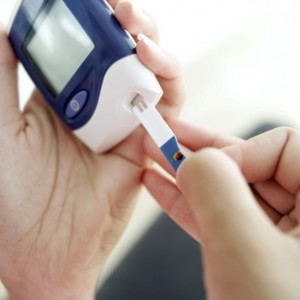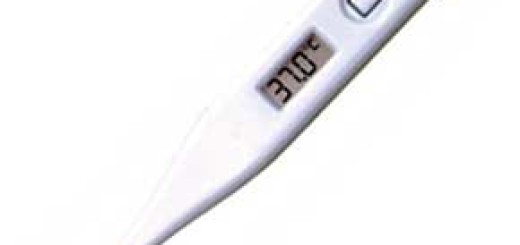What is the difference between type 1 and 2 diabetes?
Diabetes is a disease resulting in high blood sugar levels in the body. It is due to a problem with the body’s production or response to insulin.
Insulin is the hormone which controls the level of sugar. It is produced by a specialised group of cells in the pancreas called the Islets of Langerhans and released directly into the blood. A lack of insulin results in diabetes. Diabetes is common affecting 3-7% of the adult population. It is classified as Type 1 and Type 2.
Type 1 Diabetes
Is an immune disorder characterised by destruction of the insulin-producing cells in the pancreas. It is most common in Finland and least common in Asia.
It is characterised by:
- An absence of insulin
- A sudden onset of severe symptoms
- A dependence on outside insulin to stay alive
- An age of onset usually before 30 years with highest incidence around puberty
Type 2 Diabetes
This accounts for 85% of all cases of diabetes.
It is characterised by:
- A lack but not total absence of insulin
- Gradual onset of symptoms
- An age of onset usually over 40 and commonly when middle aged and elderly. Approximately 6-8% of 60 year olds have Type 2 diabetes
- Not being dependent on outside insulin but more likely to be controlled by diet or oral hypoglycaemic agents
- Being a chronic complex disorder with significant complications which can reduce life expectancy by 5-10 years in middle-aged people
Management of diabetes
The aims for management in diabetes are:
- To provide a day to day balance of blood sugar
- To lessen the possibility of long-term complications
If you want to learn more about diabetes then sign up to one of our free online first aid training classes.







Hi, I always wondered what the difference between type 1 and type 2 diabetes. Now I know from the information you provided.
Thank you
Regards
Gaye